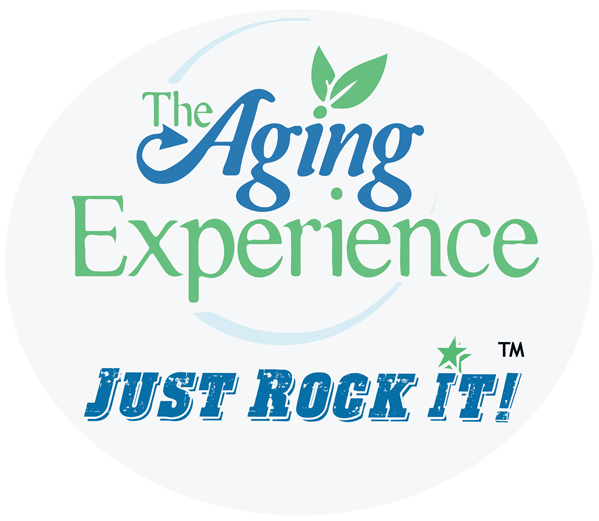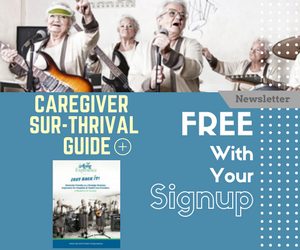10 Steps to Coordinated Care for an Aging Loved One – Smilecast 113
10 Steps to Coordinated Care for an Aging Loved One
According to the National Association of Family Caregivers, there are close to 50 million people who provide care and assistance for the aged, chronically ill or physically challenged family member. If you think a relative will need care down the road, I recommend retaining the service of a geriatric care manager because they are experts in coordinated care. They have deep-seated expertise and experience in working with older adults who no longer can manage their finances and need help finding home care, locating senior living options, and setting up a care plan.
Podcast: Play in new window | Download
Subscribe: Apple Podcasts | RSS
The Benefits of Grateful Living
Why It is Important to Be Grateful
(from Sixty and Me)
Kristi Nelson is the executive director of a Network for Grateful Living. I was particularly interested in the topic of gratitude because – of all the traits I observe in older adults living a quality life – that one consistently rises to the top.
But as I soon discovered from Kristi, living in gratefulness is different from being grateful. Let’s find out more about being in my quick summary. You can find out more at the Caregiver Summit.
Bacteria in Gut May One Day Slow Aging-Smilecast 112
Want to Slow Aging? Check Your Gut!
Slow aging might be possible one day with supplements derived from gut bacteria. Scientists at Baylor College of Medicine and the University of Texas Health Science Center at Houston have identified bacterial genes and compounds that extend the life of and also slow down the progression of tumors and the accumulation of amyloid-beta, a compound associated with Alzheimer’s disease, in the laboratory worm C. elegans. The study appears in the journal Cell.
Podcast: Play in new window | Download
Subscribe: Apple Podcasts | RSS
Our Friday Song of the Week – Bad to the Bone
Our Friday Song of the Week – Bad to the Bone
Multitasking Effectively and What It Means to Brain Health-Smilecast 111
Effective Multitasking Can Be Learned
Although “multitasking” is a popular buzzword, research shows that only 2% of the population actually multitasks efficiently. Most of us just shift back and forth between different tasks, a process that requires our brains to refocus time and time again — and reduces overall productivity by a whopping 40%.
New Tel Aviv University research identifies a brain mechanism that enables more efficient multitasking. The key to this is “reactivating the learned memory,” a process that allows a person to more efficiently learn or engage in two tasks in close conjunction.
“The mechanism may have far-reaching implications for the improvement of learning and memory functions in daily life,” said Dr. Nitzan Censor of TAU’s School of Psychological Sciences and Sagol School of Neuroscience. ”
The research, conducted by TAU student Jasmine Herszage, was published in Current Biology.
Podcast: Play in new window | Download
Subscribe: Apple Podcasts | RSS









